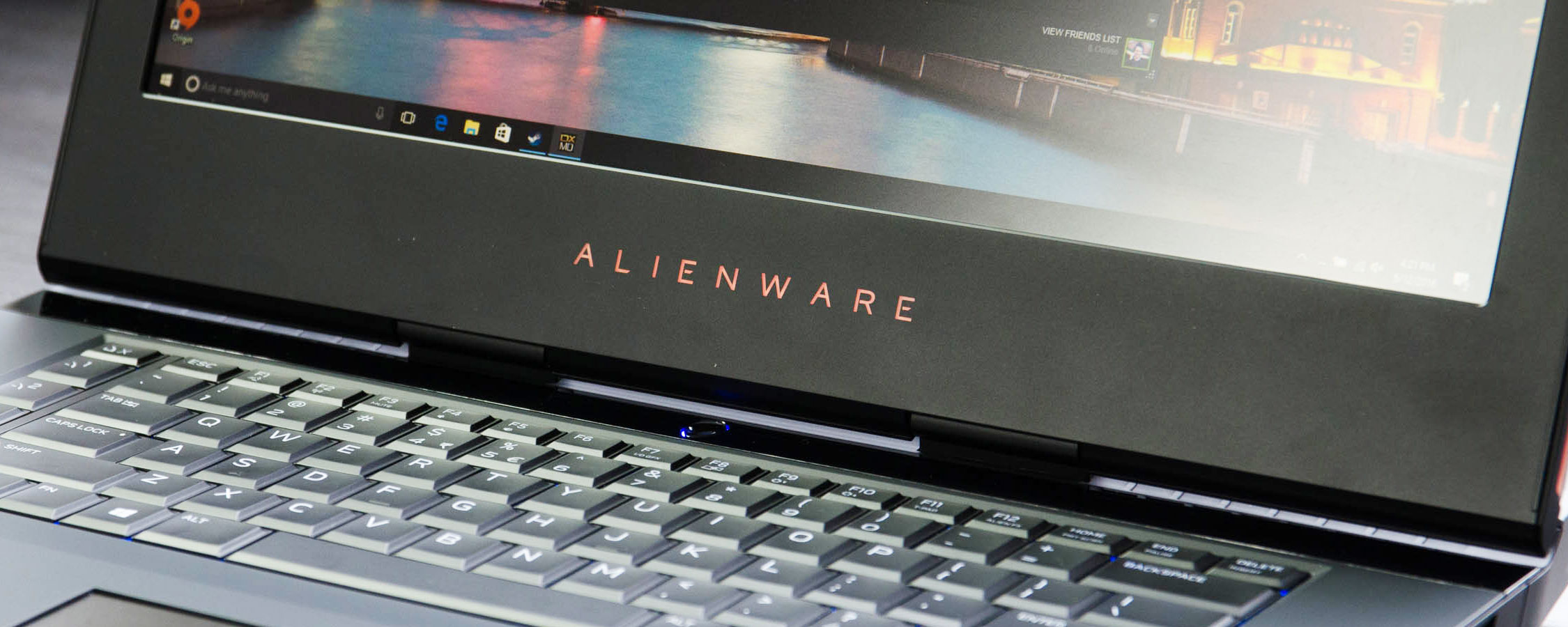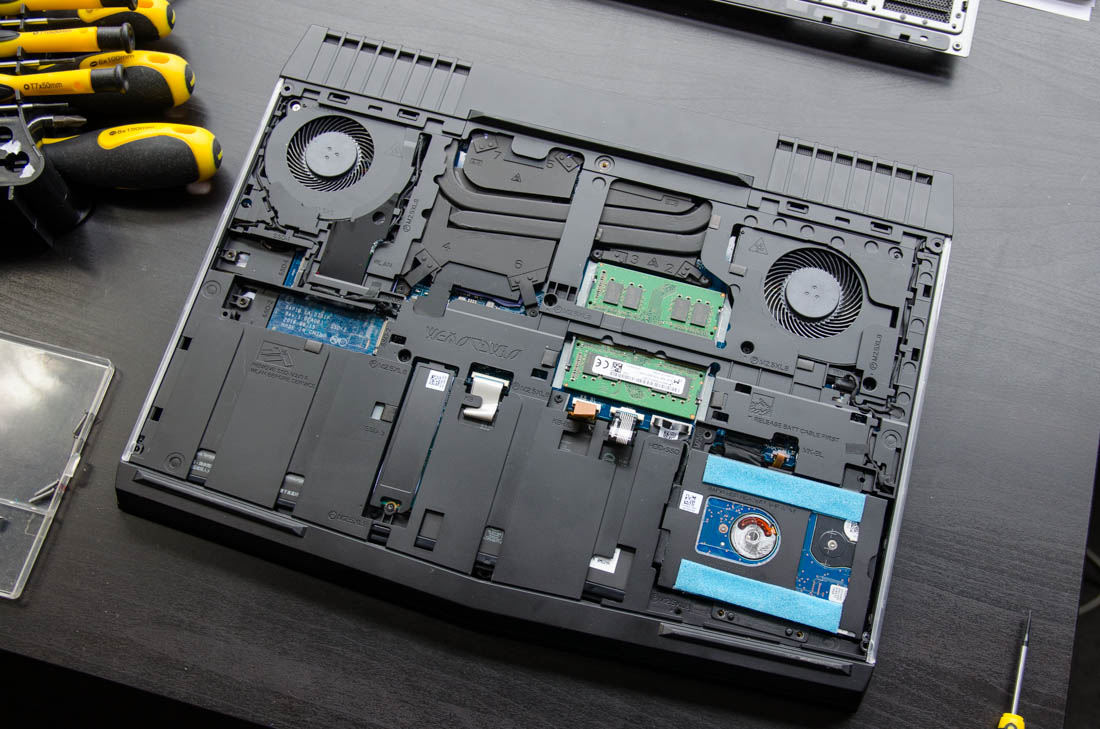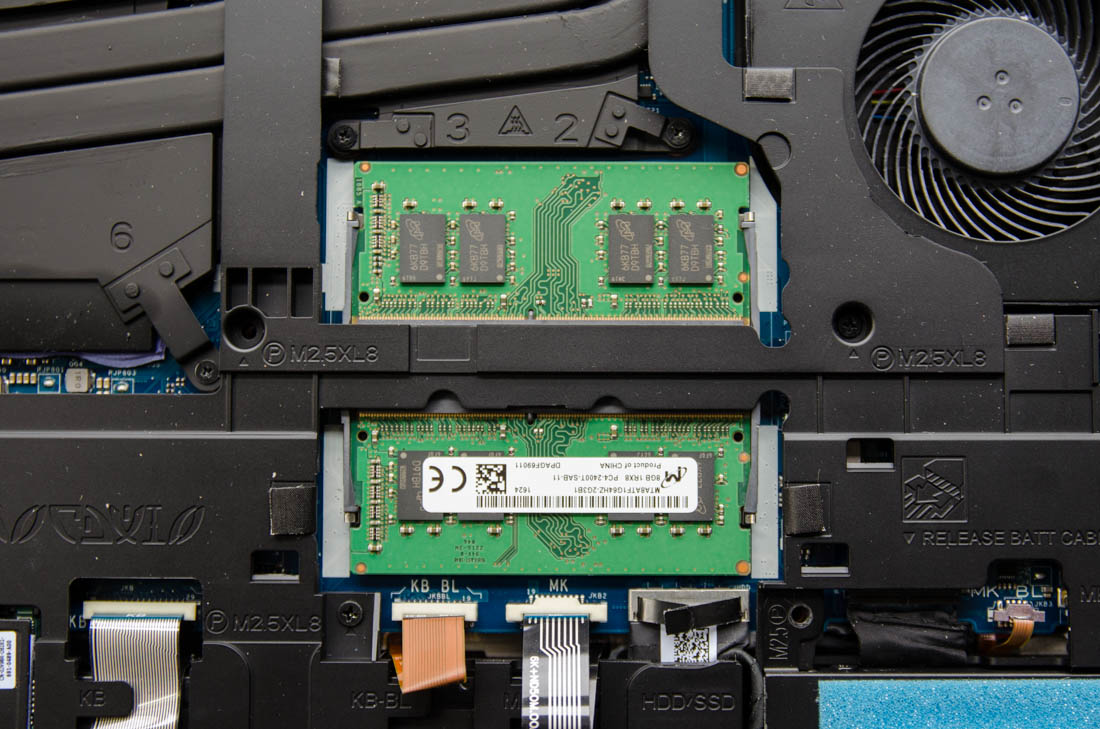Hardware and Pricing Overview
The Alienware 15 is a highly-configurable system with prices ranging from $1,350 to $2,700, so there's bound to be a configuration that will suit your budget and performance needs. The full list of options available on Dell's website, and pricing does change slightly on a frequent basis. For example, the prices of some models were cheaper when I was writing this review last week, and some models were more expensive.
While the top end Alienware 15 models are very expensive, mostly due to SSD pricing, you can get a system that's much better than the base model by simply spending a few hundred dollars. With the GTX 1060 variant, it's well worth spending an extra $150 to net yourself a faster Intel Core i7-6700HQ processor, 16 GB of RAM, and an additional 1 TB HDD. All three of these purchases will make a significant difference to the gaming experience for just an 11% increase in price.
Of the other options, moving to 32 GB of RAM will have a minimal effect on gaming performance, however it could be considered if you plan on using the Alienware 15 for professional workloads. I would advise against purchasing the 4K display for an extra $200 in the GTX 1060 model because the GPU really isn't powerful enough for 4K gaming. The battery upgrade - 46% larger for just $50 - could be worth it if you'll use this laptop on the go.
Opting for the GTX 1070 is a moderately expensive decision: it will cost you $225 extra over the GTX 1060 with the same CPU. The good news is that this is a 15 percent price hike, while you can expect to achieve 40-50 percent better GPU performance. You'll also get a larger battery thrown in with this upgrade, adding to the value proposition.
If you're planning to spend more than $2,150 on an Alienware 15 you should opt to start with the pre-configured GTX 1070 option at this price point. This model comes with a faster Core i7-6820HK processor for just $100 extra, which is a small price to pay.
If you'd rather not pay for RAM or storage upgrades, the Alienware 15 is easily upgradeable. Remove seven screws from the base, and you'll get easy access to 2 DIMM slots, a 2.5-inch hard drive bay, and two M.2 2280 slots for SSDs. One of the M.2 2280 slots was left free on my review unit, so there's already room to add in another SSD at a later date. On top of this, there is a free M.2 2242 slot that can be used for an additional SSD.
As I mentioned earlier, the review unit I have with me is configured as follows: an Intel Core i7-6700HQ processor, 16GB of RAM, an Nvidia GeForce GTX 1060, and a 256GB SSB combined with a 1TB hard drive. This model is available for $1,549.99. It should be noted that my unit also has a 1080p 120Hz G-Sync display, which is only available on GTX 1070 Alienware 15 models in North America.
The Intel Core i7-6700HQ that powers most Alienware 15 systems is typical for a gaming laptop. The i7-6700HQ is a four-core, eight-thread processor clocked at 2.6 GHz, with Turbo boost taking a single core as high as 3.5 GHz. This 14nm CPU packs 6 MB of L3 cache, a 45W TDP, and an integrated GPU that is largely unused in a gaming laptop.
The GeForce GTX 1060 found in this laptop uses the same core configuration as the desktop equivalent card, but uses slightly lower clock speeds. We're looking at a 16nm Pascal GP106 GPU with 1280 CUDA cores, 80 texture units, 48 ROPs and an 85W TDP. The GPU is clocked at 1404 MHz and has a boost clock of 1670 MHz, which is 38 MHz lower than the desktop card at boost. The GTX 1060 in notebooks uses the same memory system as on desktop cards: 6 GB of GDDR5 clocked at 8000 MHz on a 192-bit but providing 192 GB/s of bandwidth.



